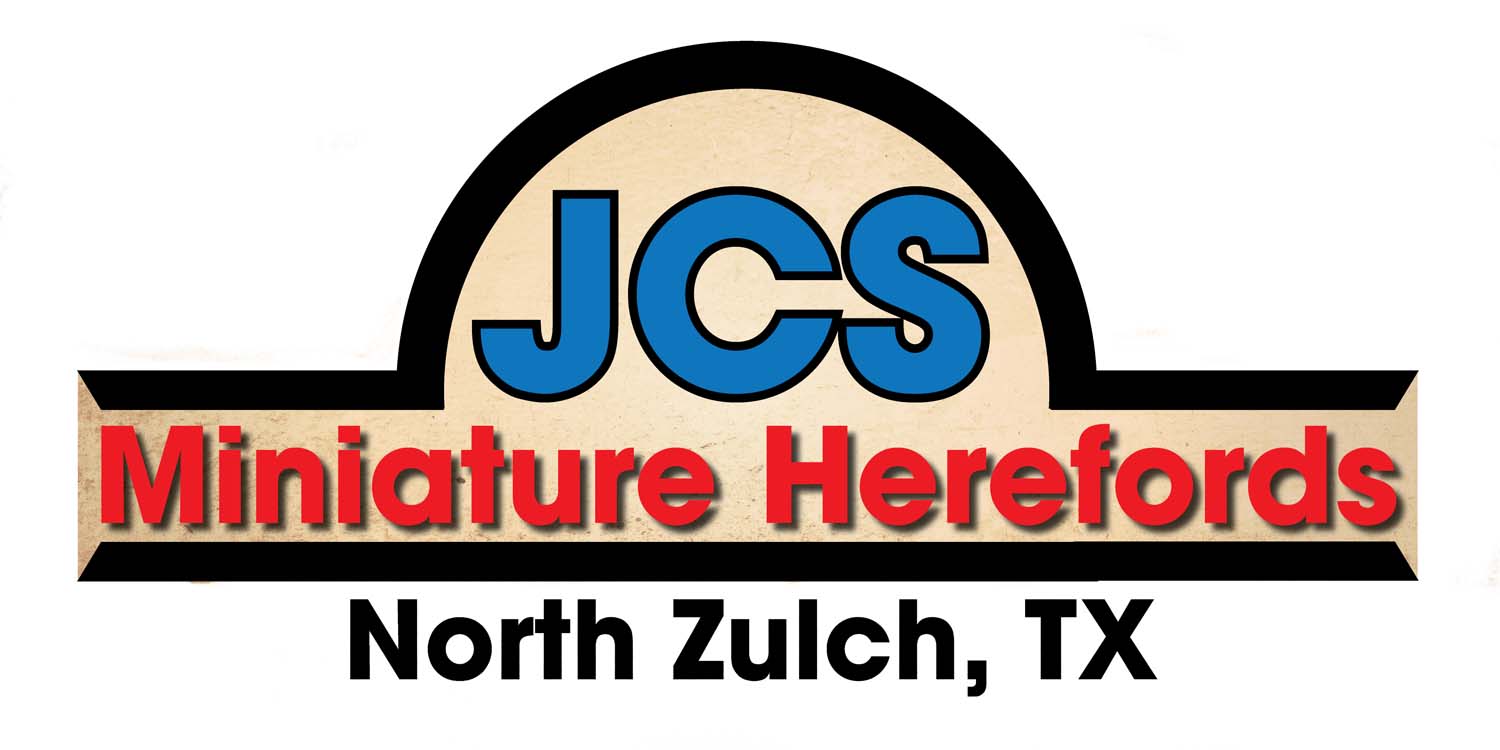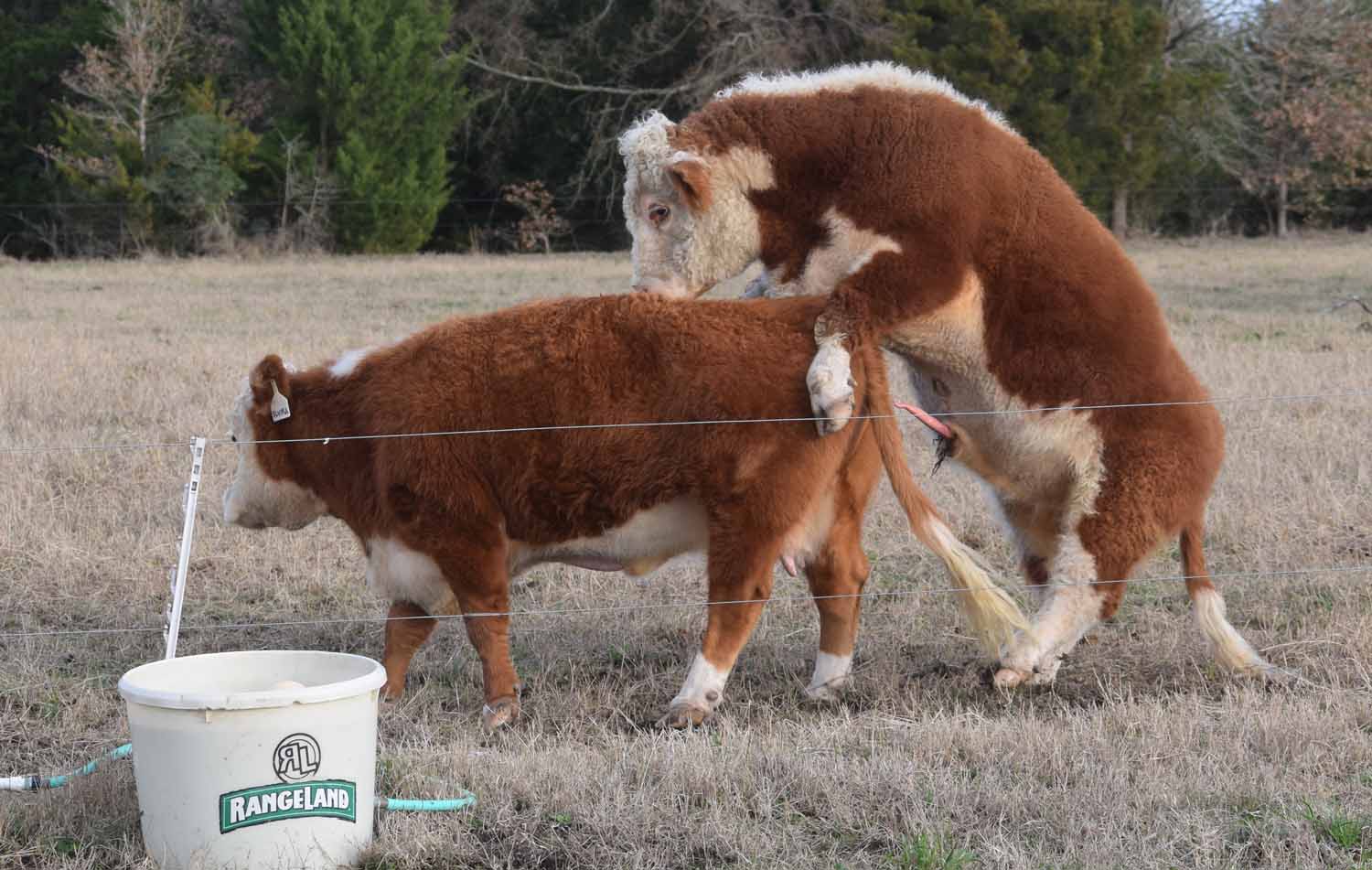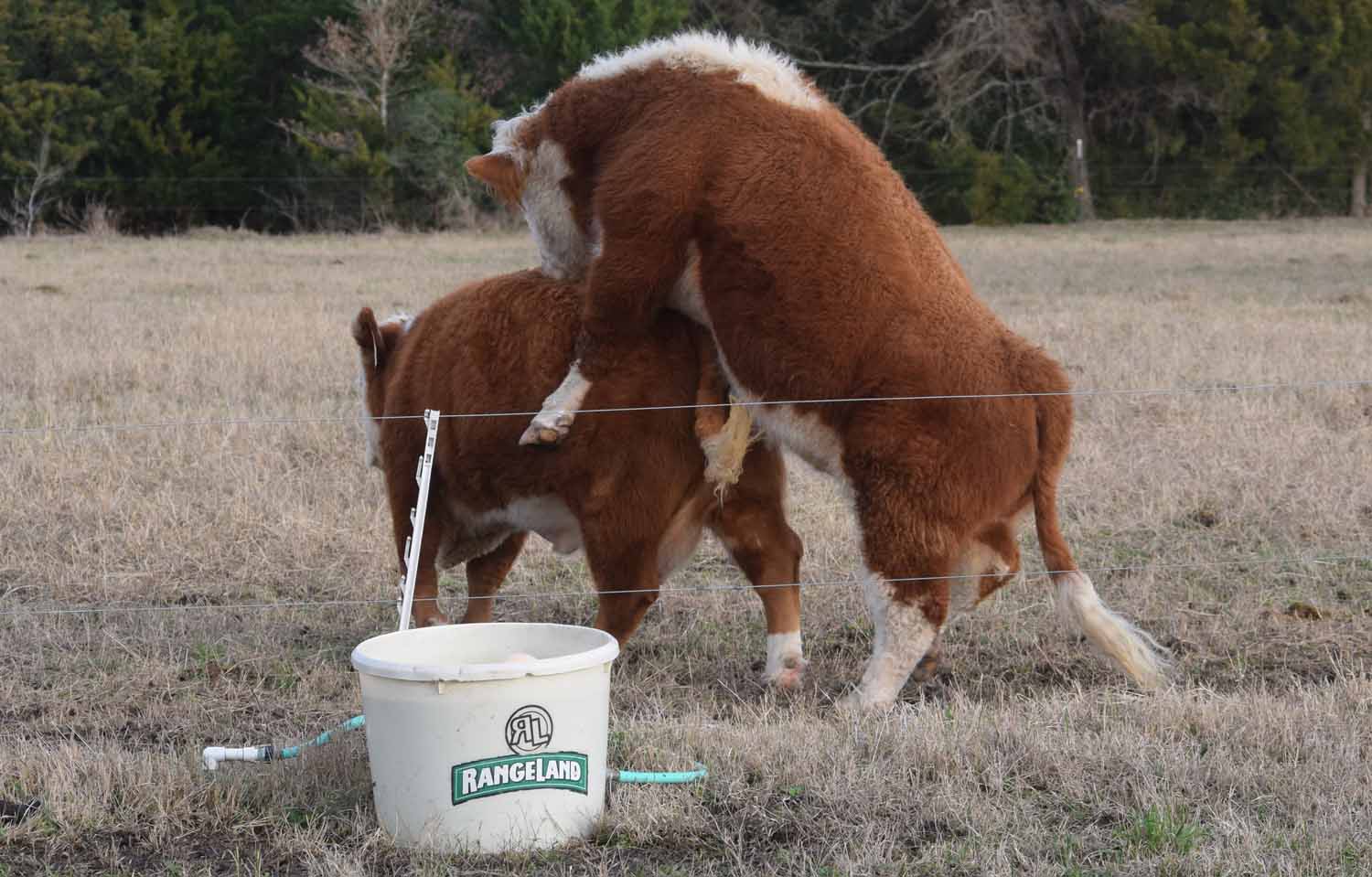JCS Sophia Margaretha (Sophie)
It’s been a typical winter and spring: busy. The calving season went well. Three calves born unassisted; always a good thing. I have had two calves born dead. I might have been able to save one of those if I had been prepared to. The other was lost and almost took the mother but she recovered and went on to breed and deliver again. The saddest thing that.
Calving is always a tense time for me. I watch the ladies closely and have dedicated a well-fenced pasture near the house as a calving pen. It is planted with ryegrass and can supply a lot of rich forage for the lactating mothers. I don’t hover over the girls but keep close tabs and usually find a new calf within a couple of hours of its birth.
Fifty-five days after delivery the girls are ready to re-breed and so begins the breeding season. The herd gets divided among the bulls to accommodate my breeding goals and to avoid any serious inbreeding. Its a fun time for the boys of course. I leave the calves with their mother at this time and to attend to their forage needs with small amounts of hay to balance the cool-season grasses, making sure their minerals and water are fresh.
The period between the birth and the weaning is the most fun. Watching young calves at the peak of their exuberance and inquisitiveness is a real treat. Next comes training. Break them to the halter, get them used to my presence, being handled, and to trust me. I consider this to be the best part of raising a calf because it is the most intimate. I’m there every day, vary often to start and then just three or four times a day. There is feeding, training, washing, grooming; often each in a day. Gaining the trust of these animals and have that trust become the basis of your relationship for as long as they live is just a joy to experience.
All this takes time and I consider it quality time. But other things I love take time too and I don’t want to shortchange those either. So I have made a decision to make a change regarding the direction of my cattle experience. I am going to give up the cow-calf breeding model and move towards grazing management instead. This will open the spring season for other things that need to be done at that time of year; gardening, woodworking, etc.
But I love cattle and want to stay active with them so I’ll focus on grazing for others. Probably contract-grazing rather than leasing so I can still be hands-on with the animals. We’ll see. I will try harder to keep up these notes for those few who might find them worthwhile.
I have been penning articles for publishing on my Facebook page. If you have seen those you know that they are designed to help prospective Miniature Hereford owners be better prepared for the experience so that some of my own mistakes can be avoided and their experience be that much enhanced. I will be copying those articles into an organized format on the “Resources” page of my website so they be more easily be accessed and explored. As usual, I hope that those with questions will share them. I’ll let you know how it goes on all fronts.
















